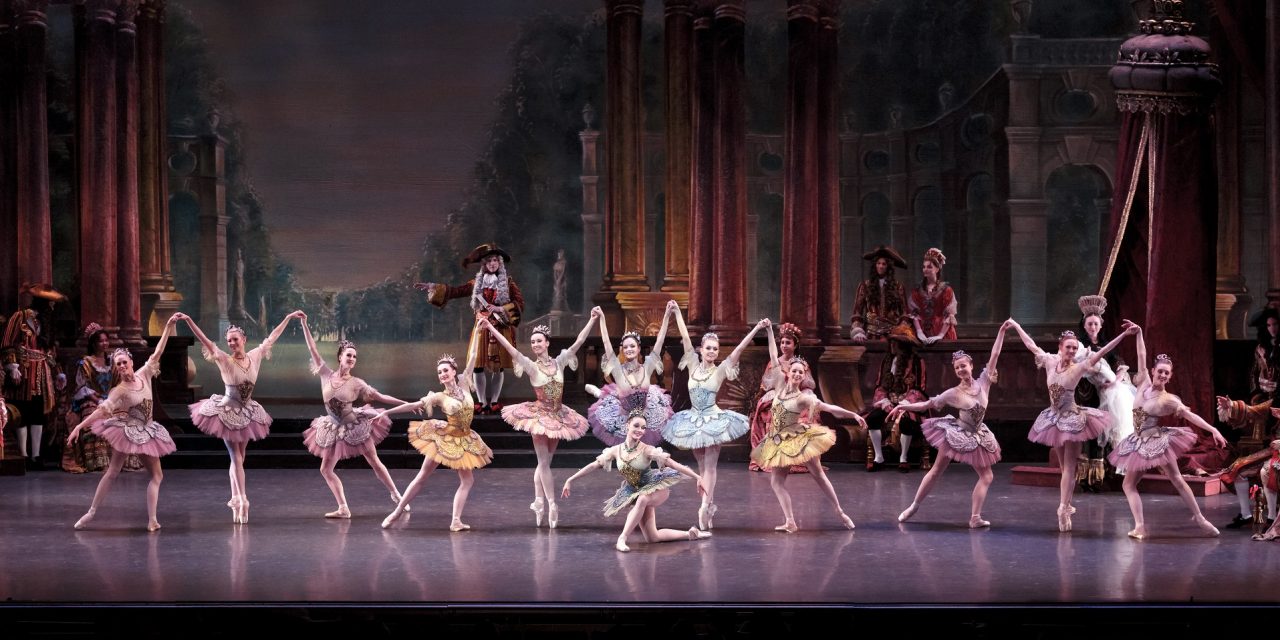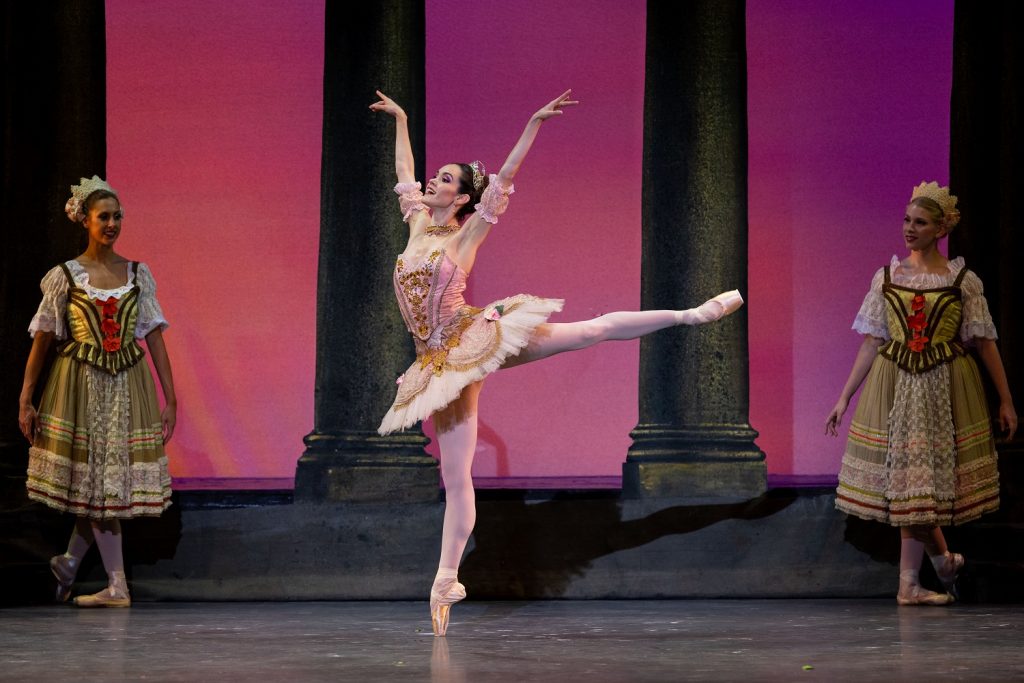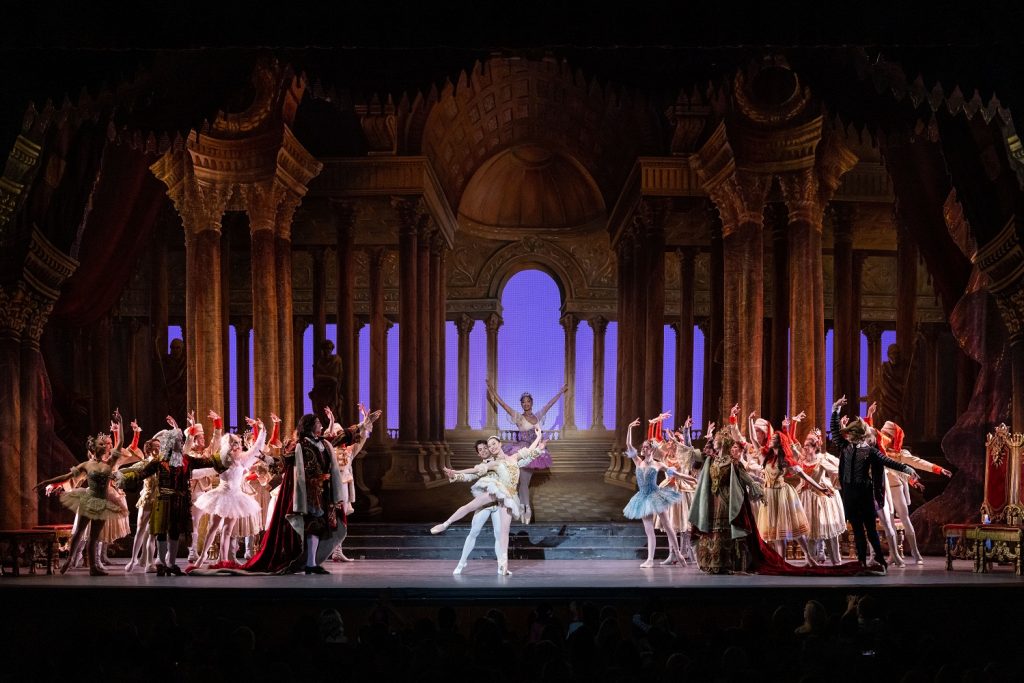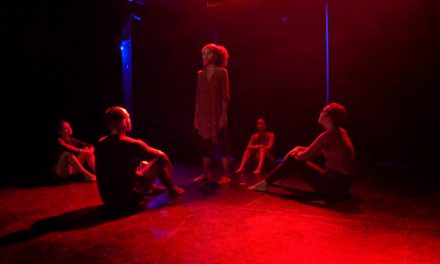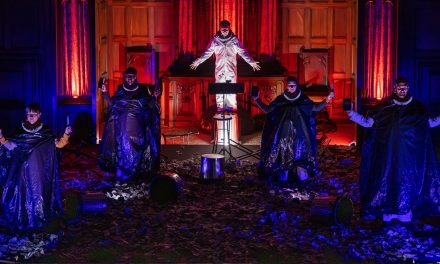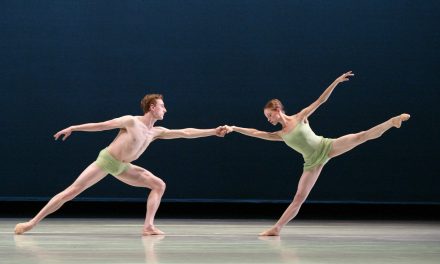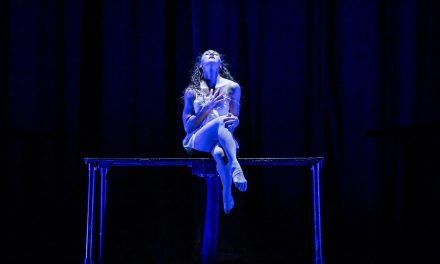There is something about the ballet that is forever timeless. No matter how many times you have gone, no matter what age you are, the beauty of the technique will forever hit home. Such was the case for Los Angeles Ballet’s rendition of The Sleeping Beauty at UCLA Royce Hall last Friday night. Artistic Directors Thordal Christensen and Colleen Neary began Los Angeles Ballet with the company’s debut in 2006, after realizing the need for a resident professional ballet company for the city. Now in the company’s 2021/2022 season, it feels like the future is extremely bright for Los Angeles Ballet. With this being my very first introduction to the company’s technique and production, I was eager to see this timeless ballet re explored from a modern day perspective; after all The Sleeping Beauty did originate from “La Belle au bois dormant” story, or “The Sleeping Beauty in the wood” in the 1800’s. As soon as the lights went down, and the audience hushed, and we heard the beautiful music by Peter Ilyich Tchaikovsky, I felt the butterflies in my stomach begin to excite.
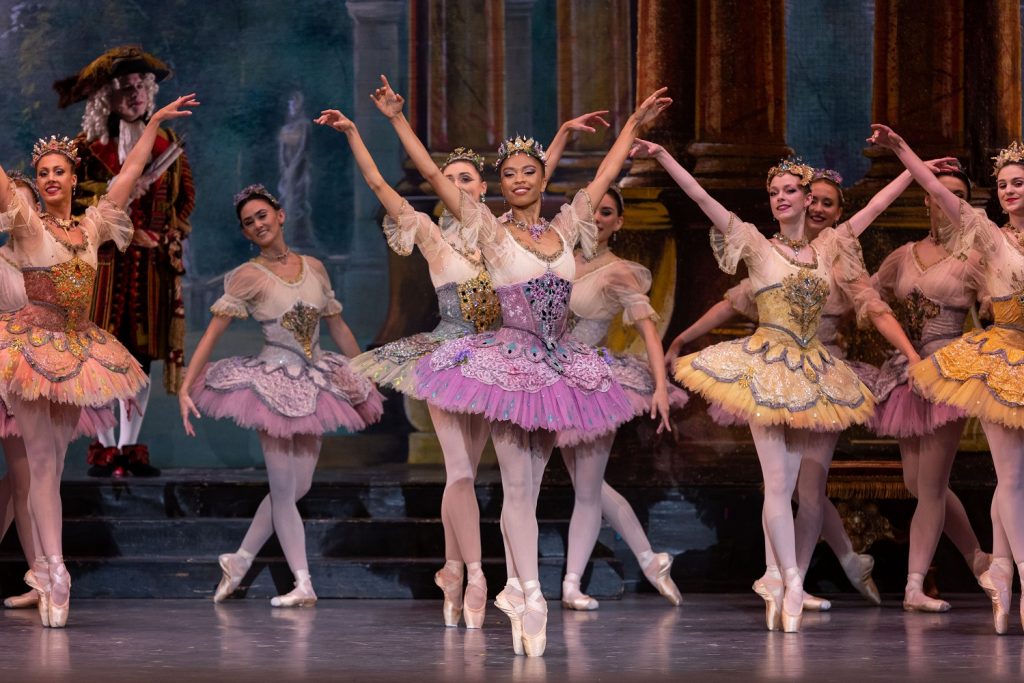
Los Angeles Ballet – Jasmine Perry and Los Angeles Ballet Ensemble in The Sleeping Beauty – Photo by Reed Hutchinson
Immediately we were greeted by an elaborate court set by David Walker with bright and inviting lighting design by Ben Pilat. Large, staged pillars, floor to “ceiling” windows, stairs and large thrones on stage left, and it was made for a king and queen. The set design was everything you would expect from characters King Florestan XXIV, performed by Fabrice Calmels, and his Queen, performed by Bianca Bulle, to have in their far away kingdom. As guests enter, including Princess Aurora’s nurse, performed by Emma Destasio, we see couples greet the baby princess at court, and shower her with gifts and well wishes. One by one we see each of the six fairies enter the space with specific personalities, jeweled tutus, and flighty choreography to represent their strength and power. The Crystal Fountain Fairy, performed by Hannah Keene, gave the gift of purity. The Enchanted Garden Fairy, performed by Brittany Raud, gave the gift of joy. The Woodland Glade Fairy, performed by Laura Chachich gave the gift of generosity. The Songbird Fairy, performed by Cassidy Cocke gave the gift of eloquence. The Golden Vine Fairy, performed by Shelby Whallon, gave the gift of temperament, and then enters the anticipated Lilac Fairy, performed by soloist Jasmine Perry, who gave the gift of wisdom. I must admit that Perry’s performance in particular was slightly more underwhelming than I had hoped. On one hand, being the fairy of wisdom comes with an aura of insightfulness, calm, and discernment, but on the other hand…she is a fairy and with the fairy terminology I had hoped that Perry would have more flight and flitty movement. However, Perry portrayed the Lilac Fairy with tranquility, and a quietness I felt almost forgettable or absent. With the Lilac Fairy having the largest role, and more stage time than the others, I wanted to engage with the character and feel excited each and every time she stepped forward…but I was left feeling like I never fully grasped who exactly the Lilac Fairy was. I was missing the exuberant personality of the Lilac Fairy as one of the main storytellers of The Sleeping Beauty. Despite this personal disappointment, Perry’s technique during quite difficult variations was flawless. She was so on pointe, that I almost thought for a split second that a live orchestration was below the stage watching only her for cues in their music.
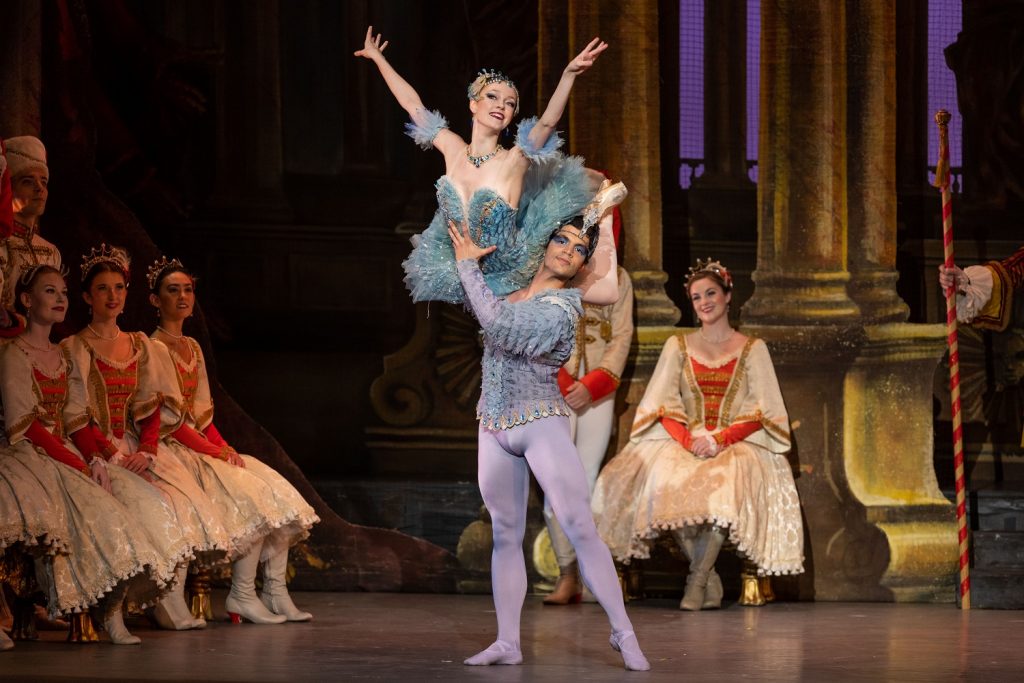
Los Angeles Ballet – Cassidy Cocke and Cesar Ramirez Castellano in The Sleeping Beauty – Photo by Reed Hutchinson
220604
When Carabosse, the evil fairy more formerly reimagined as Maleficent and performed by artistic director Colleen Neary, entered the stage and halted Princess Aurora’s gift giving, I could feel breath leave my body. Being familiar with the story, I knew it was coming up fairly early in the production, and Neary entered with a bang! Smoke filled the stage, the lights dimmed, and the sense of evil filled the room, which was the exact feeling you want at this point in the story to make you hate Carabosse and feel that sense of justice for the kingdom. In a beautifully designed carriage, fixed with moss, dark leathers, large wheels, and a black parasol, her body language was poignant, stern, and fixated on causing harm and upheaval to the court, and she was successful! I absolutely loved Los Angeles Ballet’s interpretation of Carabosse as the fairy with a large chip on her shoulder, and more reactive in spite of a situation, rather than the long cunning planner we’ve seen in Disney’s versions of Maleficent and animated The Sleeping Beauty.
As the story goes, Carabosse bestows a curse on the princess; she will prick her finger on a spindle on her 16th birthday and die. And while the Lilac Fairy cannot undo this great curse, she adjusts it. Perry, with beautiful dramatic port de bras and choreographed motifs, explains that Aurora will not die, but merely fall into a deep sleep until she is awoken by true love’s first kiss. The company truly captured the heartbreak you feel for the kingdom, and the whirlwind of complicated events that took place. I felt like a member at court, truly mystified, truly engaged, and left with a sense of “what’s going to happen now?” as the curtain closed in preparation for Aurora’s 16th birthday party in Act I.
A very beautiful and grown up Aurora, performed by Principal dancer Petra Conti, justly captured that lovely innocence you expect from a formal teenager. She portrayed Aurora as a flirty, yet bashful, and well brought up young lady as she entered the stage accepting flowers from four princes there to propose, adorn, and dance with the princess. The Spanish prince, performed by Santiago Paniagua, the French prince, performed by Shintaro Akana, the English prince, performed by Tate Lee, and the Arabian prince, performed by Kahlyl Wrather. We could see Aurora’s excitement to meet the gentleman at court, and Conti’s portrayal of Aurora with sweet nervousness only made her 16th birthday variation that much more playful and modest, as the princes rotated in short duets and pas de deux with her. Conti’s precision and technique was near perfect and expected from the seasoned accolades she’s accomplished as a prima ballerina. Her ability to morph into the pure princess’ fateful demise unblemished and virgin was truly magical to watch. But of course, as the curse predicted, Carabosse disguised as a cloaked stranger, gives Aurora a spindle disguised as a flower, and she pricks her finger and falls gracefully into the deep sleep the Lilac Fairy bestowed. Perry re-enters the scene with haste and duty to remind the court that she is simply sleeping, and to make it easier for all, she casts a spell of slumber on the entire court. One by one, in a dreamy serenade, we see the company fall to the stage floor with ease, as we await the long arrival of Prince Désiré, performed by Principal dancer Tigran Sargsyan.
Sargsyan masters the Prince’s burden of royal duty and privilege, as we first see him amongst his friends at a hunting party in the woods. He is slightly removed, but still engaged, he is present, and yet dreaming of something more. This is particularly apparent when he is finally left alone, and in the spirit of ballet and movement, we see him dance with yearning for a love that will fulfill and enlighten him. With grand jetés, and fouettés, we see the prince quite literally, leap into a dream that becomes a reality as he’s greeted by Perry alone in the woods. She tells him of Aurora, and the beauty that awaits him, and Sargsyan movements were that of young and fresh infatuation. There was flutter in his port de bras, and an openness to learn more, gather more, and be more himself in preparation for their meeting. Perry and Sargsyan portray a great journey by hopping into an enchanted sailboat structure, which was a welcomed theatrical prop. It’s with this sort of abundance in a self-moving boat that crosses stage right to stage left and back again, that nods to the old ways of theater and reminds you that there is power in the imagination of a simple prop. With our lives so stuck in the digital world, a large moving support and brace that portrays the illusion of transportation can never get old, and almost acts like food for our growing fascination. Finally, we arrive at the overgrown vine and earthy vegetation of the kingdom’s front gates, where King Florestan XXIV’s court lies in slumber and stagnant activity. The Lilac Fairy shows Prince Désiré the sleeping Aurora, as he kneels down to kiss her lips, awakening not only Aurora but the kingdom as a whole.
As the final act begins, and we see Aurora and the Prince get married and celebrate their wedding, I am flooded with the impact this story gives, and has always given, from the beginning. Inner beauty, no matter how long it is asleep or hidden, will always reveal itself with truth and love when threatened by evil. With Covid-19 affecting all our lives, Sleeping Beauty is the perfect choice to relate to an audience in this day and age, as we all feel as though we’ve been in a deep sleep ourselves. We are both Aurora and the Prince, sleeping, waiting, dreaming, and fighting for a better tomorrow. Even with the evilness that may come in the form of money, politics, or agendas, the innocent have all been guilty of falling for the prick of reality and falling under the spell of a set of rules you feel you cannot break or change. But The Sleeping Beauty, so brilliantly danced by the company members of Los Angeles Ballet, reminds us that the power of love has the ability to be awakened at any moment, and that all you need is the patience to receive it.
To find out more about the Los Angeles Ballet, please visit their website.
Written by Grace Courvoisier for LA Dance Chronicle.
Featured image: Los Angeles Ballet Ensemble in The Sleeping Beauty – Fairies Prologue – Photo by Reed Hutchinson

